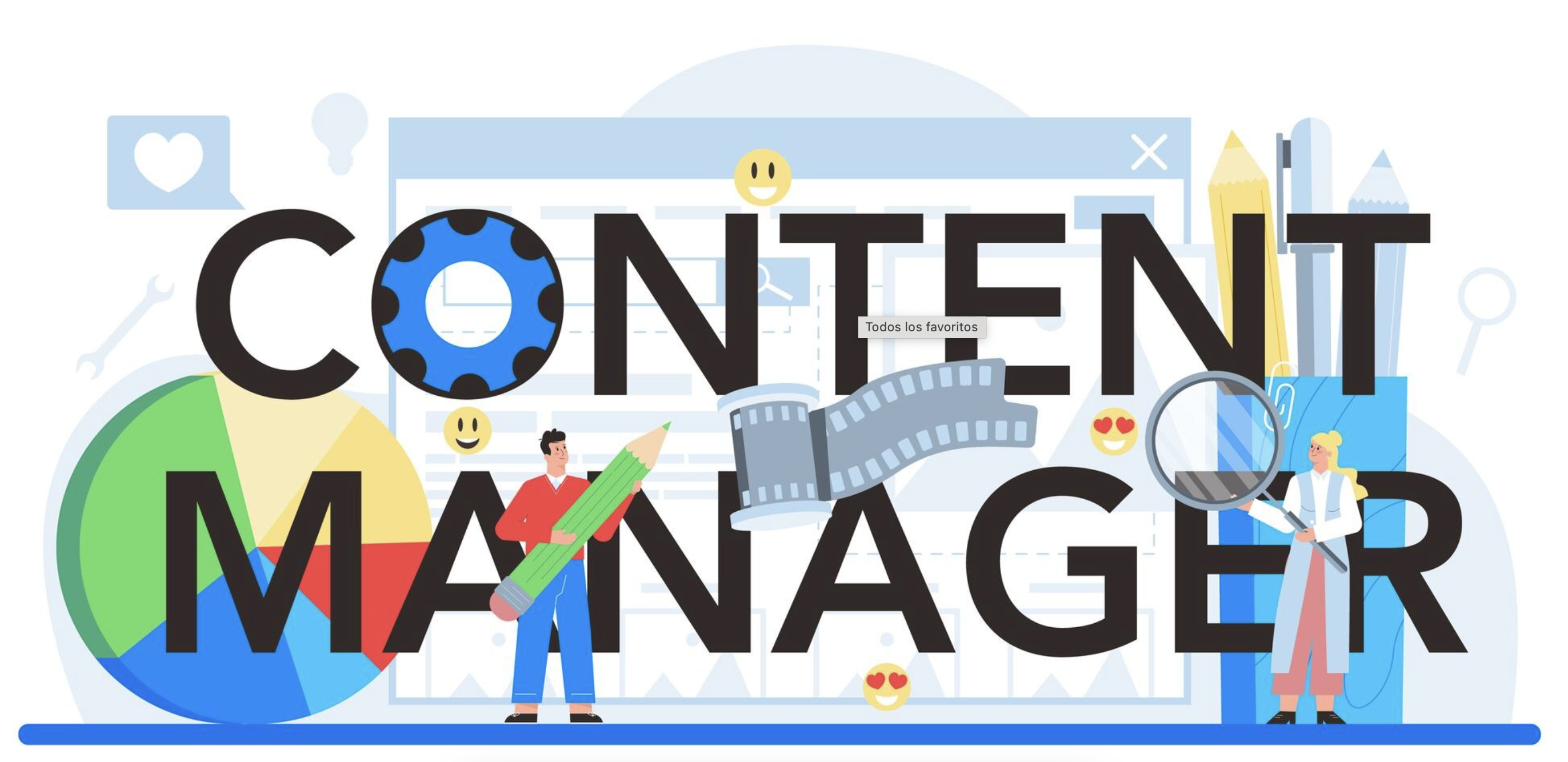
If we discuss strategic plans and trends for becoming a cutting-edge organization, it’s essential to conduct an in-depth evaluation of the digital transformation that more companies are embracing every day. At Rootstack, we understand our customers' needs and continually assess new solutions to support innovation. We want to highlight the essential features to consider when choosing an ECM (Enterprise Content Management) solution:

Essential Characteristics
- Collaboration: A document repository should allow authorized users to retrieve and manage documents. It must support role and access profile assignments and offer multiple search options. Advanced collaboration features may include allowing multiple users to view and modify (using digital annotations) a document simultaneously in a collaborative session. The final version of the document should be visible while preserving the marks made by each user during the session.
- Version Control: An ECM must include a process for checking documents into the repository, allowing users to retrieve previous versions and continue working from a selected point. This is especially useful for documents that evolve and need updating, providing users access to historical versions for reference.
- Search and Consultation: The system should offer various options to locate and consult documents efficiently.
- Security: This involves the ability to encrypt information transferred or stored online for workflow or collaboration purposes, ensuring document security.
Digitization and Capture Automation
The system should include options for document capture, enabling the transition from physical to digital formats. It should support indexing and the mass uploading of documents.

Workflows
Workflows today serve a wide range of purposes, and some document repositories have integrated workflow modules. These workflows can be:
- Manual: Requires a user to view the document and decide how it progresses through the organization.
- Rule-based: Allows an administrator to create rules that dictate the flow of the document. For example, an invoice may go through an approval process and then be routed to the accounts payable department.
- Dynamic Rules: Enable branching paths in a workflow. For instance, a document may follow different routes based on specific conditions or values within the system.
Platforms, Development, and Integration
These features focus on the integration capabilities of document repositories. Once information is centralized, users can integrate with other systems, allowing document access, modification, and saving within the repository—all without leaving the application. This includes integration with email or collaboration software and open standards such as ODMA, LDAP, WebDAV, and SOAP for seamless software integration and internal control compliance.
Evaluating ECM Solutions
Once the features of an ECM solution are understood, it’s important to identify the company’s specific needs and create a comparison matrix for the available solutions in the market, such as:
- OpenText
- Docuware
- M-Files
- DocuShare
Before implementing an ECM solution, it’s crucial to evaluate these options on functional, technical, and economic levels to choose the solution that best aligns with the company’s needs.

